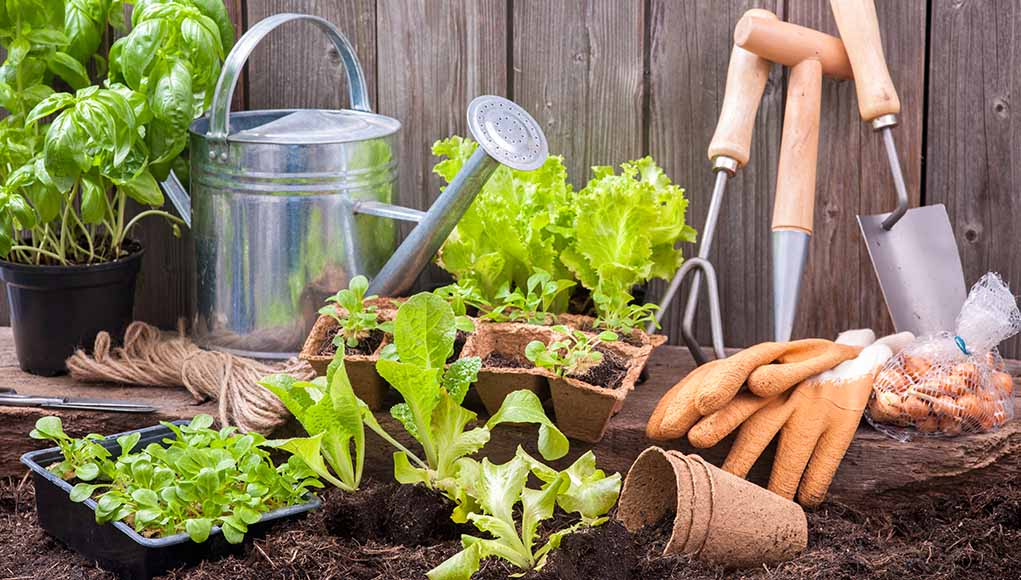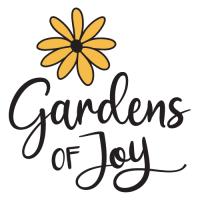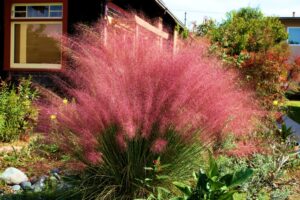Vegetable Gardening For Beginners

The art of vegetable gardening can be difficult to learn but it doesn’t have to be. With a few tips and tricks, you can get started growing your own veggies in no time.
Sowing seeds after the last frost
When you’re planning to sow seeds, the first thing you need to know is how long it will take your seedlings to reach their full size. This depends on the type of seed and the weather conditions in your area.
For example, tomato varieties will take up to 75 days to mature. So if you want to grow a large tomato garden, you should plan on making succession plantings every week. Depending on your climate, it’s best to plant your tomatoes a few weeks before the last frost date.
Another important factor is to check the temperature of the soil. Some vegetables and flowers do better when the soil is cold, while others prefer the warmth of the sun. To determine the correct temperature, you can use a thermometer. You can measure it several times a day to ensure that it remains within the desired range.
The amount of water that is required for a seedling is also a critical factor. Watering is not just essential to keep the plant alive, but it also keeps the soil moist.
Weeding and watering come with the territory
Fortunately, there are a few easy ways to ensure that your garden is a success. The first step is to pick a suitable location for your vegetable garden. You will want to locate it near a potable water source.
You can also use a drip irrigation system to provide water directly to the roots of your plants. This is a more efficient method of watering your vegetable garden, because it minimizes evaporation.
You may also consider mulching the soil. Not only will this help keep moisture levels in your garden at a consistent level, but it will also help prevent weeds from sprouting.
You may even wish to grow marigolds, which add color and deter pests. These flowers are also great for attracting pollinators.
One of the best things to do is to keep a written record of your successes and failures. By tracking your progress, you can identify your garden’s pitfalls and learn what you need to do to achieve future successes.
Raised beds are a good choice for a home gardener
If you are a home vegetable gardener you may want to consider constructing raised beds for your yard. Raised beds provide better soil, allow you to plant earlier in the spring and keep weeds out. Using raised beds also helps you to manage your pests more easily.
For raised beds you can choose to use brick, stone, concrete blocks, or wood. The best choice is a material that is durable, non-toxic, and attractive.
If you are building a framed raised bed, you can use lumber such as cedar, fir, or redwood. These materials are naturally rot-resistant. However, you should check the lumber for defects before purchasing it. Wooden boards that are painted or have a coating can contain toxic chemicals.
A quality planter’s mix should include a good amount of topsoil, compost, perlite, and chopped leaves. You can buy these items from a local landscape supplier. Adding a good layer of mulch will help retain moisture in the soil.
Raised beds are great for people who have limited space. In fact, they are ideal for urban gardens.





